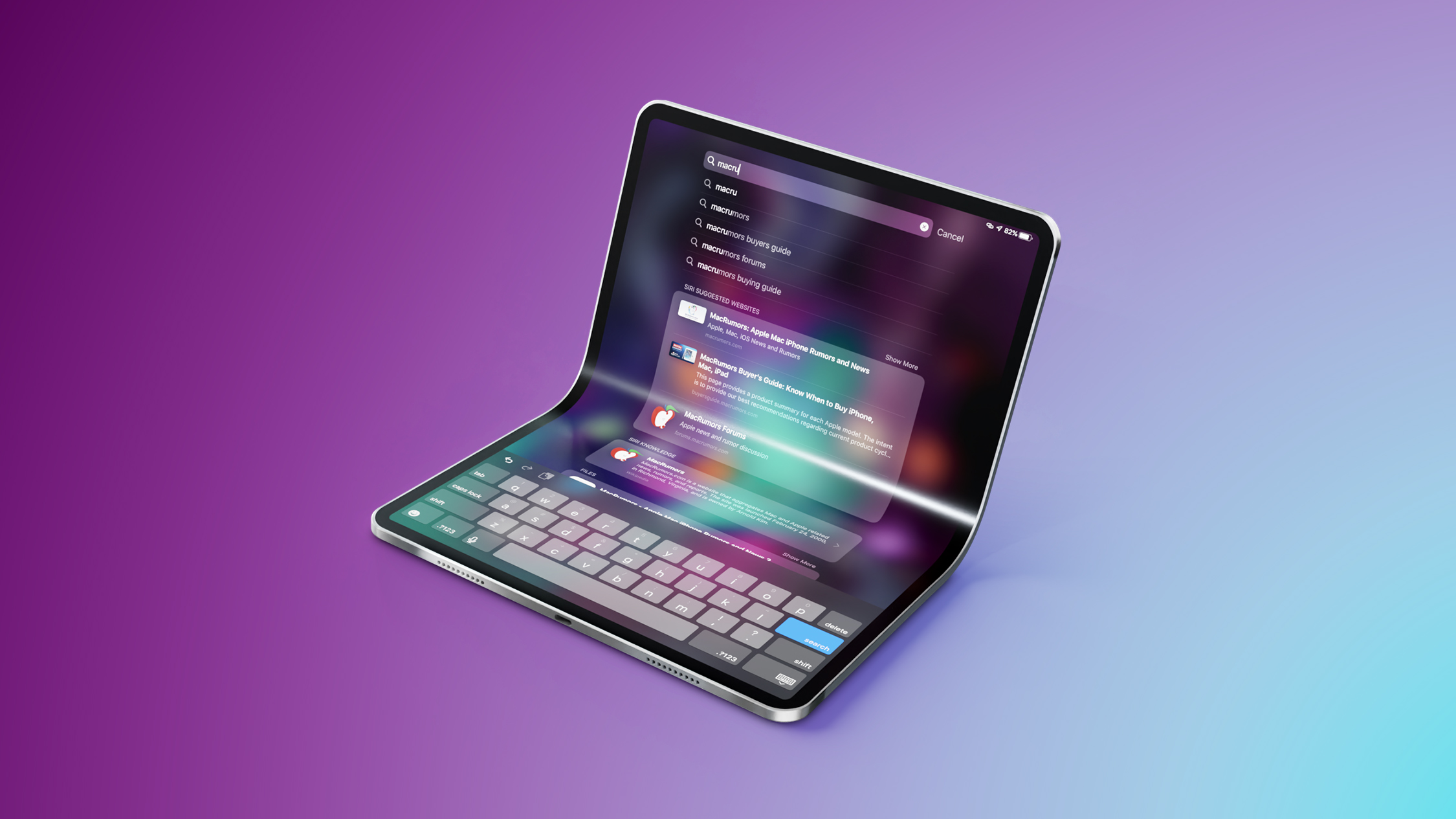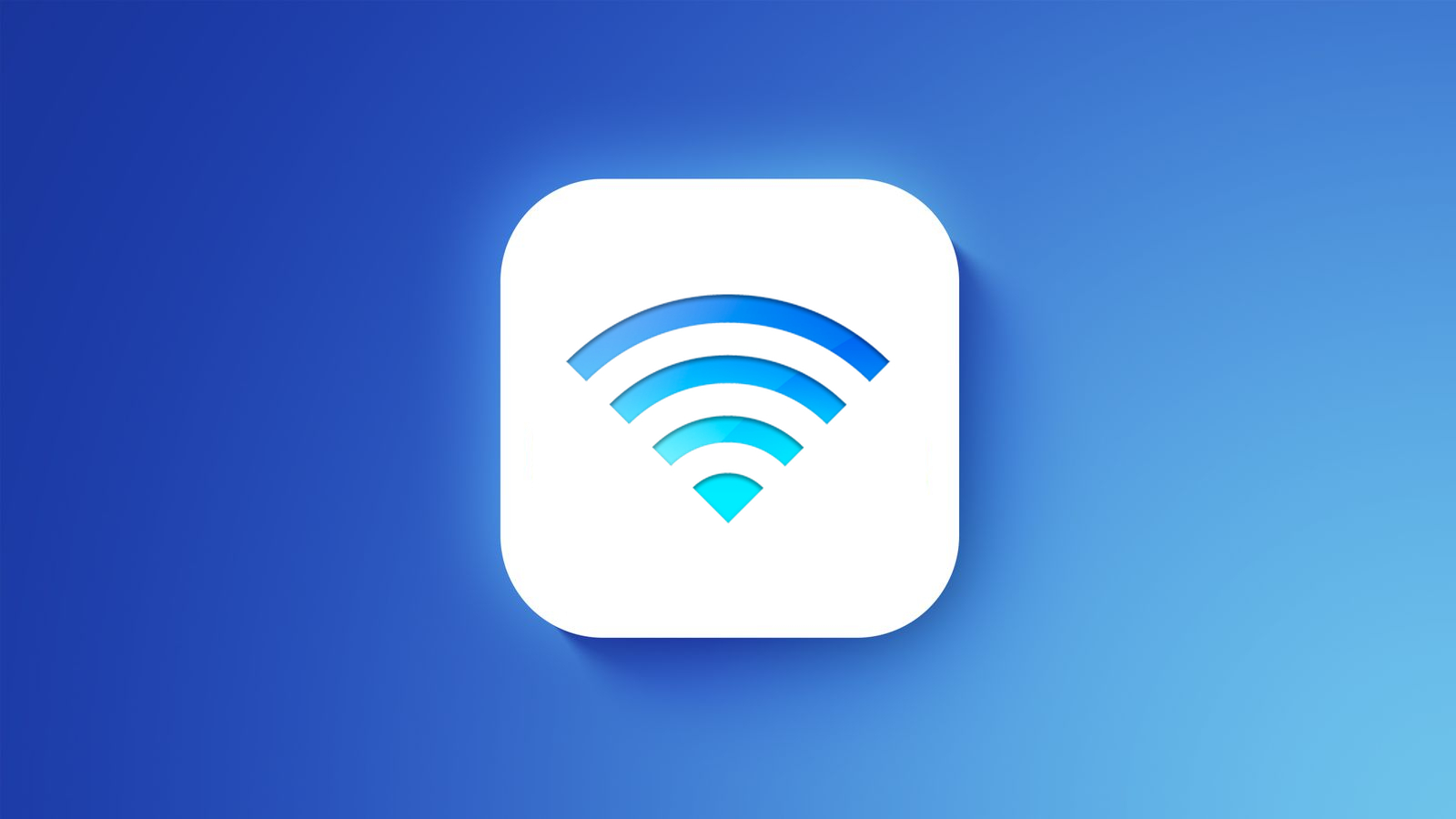|
 Apple is well into development on the foldable iPhone, but it has decided to pause work on a larger-screened foldable iPad, reports Digitimes. Apple is well into development on the foldable iPhone, but it has decided to pause work on a larger-screened foldable iPad, reports Digitimes.
|
|
Commentary: I use the AI chatbot every day, but on some occasions I'm better off using my own intelligence.
|
|
 iOS 26 and iPadOS 26 add a smaller yet useful Wi-Fi feature to iPhones and iPads. iOS 26 and iPadOS 26 add a smaller yet useful Wi-Fi feature to iPhones and iPads.
|
|
The Zenbook A14 is basically Asus' answer to the MacBook Air, with Asus representatives even telling me that the "A" very unofficially stands for Air. It's a 14-inch model with an incredibly light weight of just 2.16 pounds (or 0.98 kilograms if you live in a civilized country). This base model is running on a Snapdragon X chip with 16GB of RAM, and though the 1200p display is a gorgeous OLED panel, it doesn't have a touchscreen. It's packing 512GB of storage.
You can read all about this laptop in Chris Hoffman's review of it for PCWorld. In short, it's tiny, it's featherlight, it has a unique "ceraluminum" finish that makes it stand out, and the battery life is absolutely astonishing—70 watt-hours in a laptop this small gives it a full 24 hours in a standardized battery test. For downsides, that 8-core Snapdragon X chip (the slowest of these Arm-based options) won't blow anyone away, and it might just refuse to play some 3D-based games. (Note that this model sold by Best Buy isn't the same one in the review. It's a lighter sand color and has half the RAM and storage, 16GB/512GB, respectively.)
|
|
The data shows a noticeable jump in Windows 11 users between May 2025 and June 2025, with market share getting a significant boost of 4.76 percentage points—and nearly all of it taken away from Windows 10.
Microsoft's recent hard push to promote Windows 11's benefits and scare Windows 10 users with the looming end-of-support deadline seems to be working. If the pace keeps up, Windows 11 should officially sit atop the throne by the end of July and the market share numbers will likely continue to grow from there.
The Statcounter data also shows that 2.2 percent of Windows users are still on Windows 7, while 0.6 percent are still on Windows 8 or 8.1. An astonishing 0.43 percent are somehow still managing to get by on Windows XP, which lost support over a decade ago.
|
|
